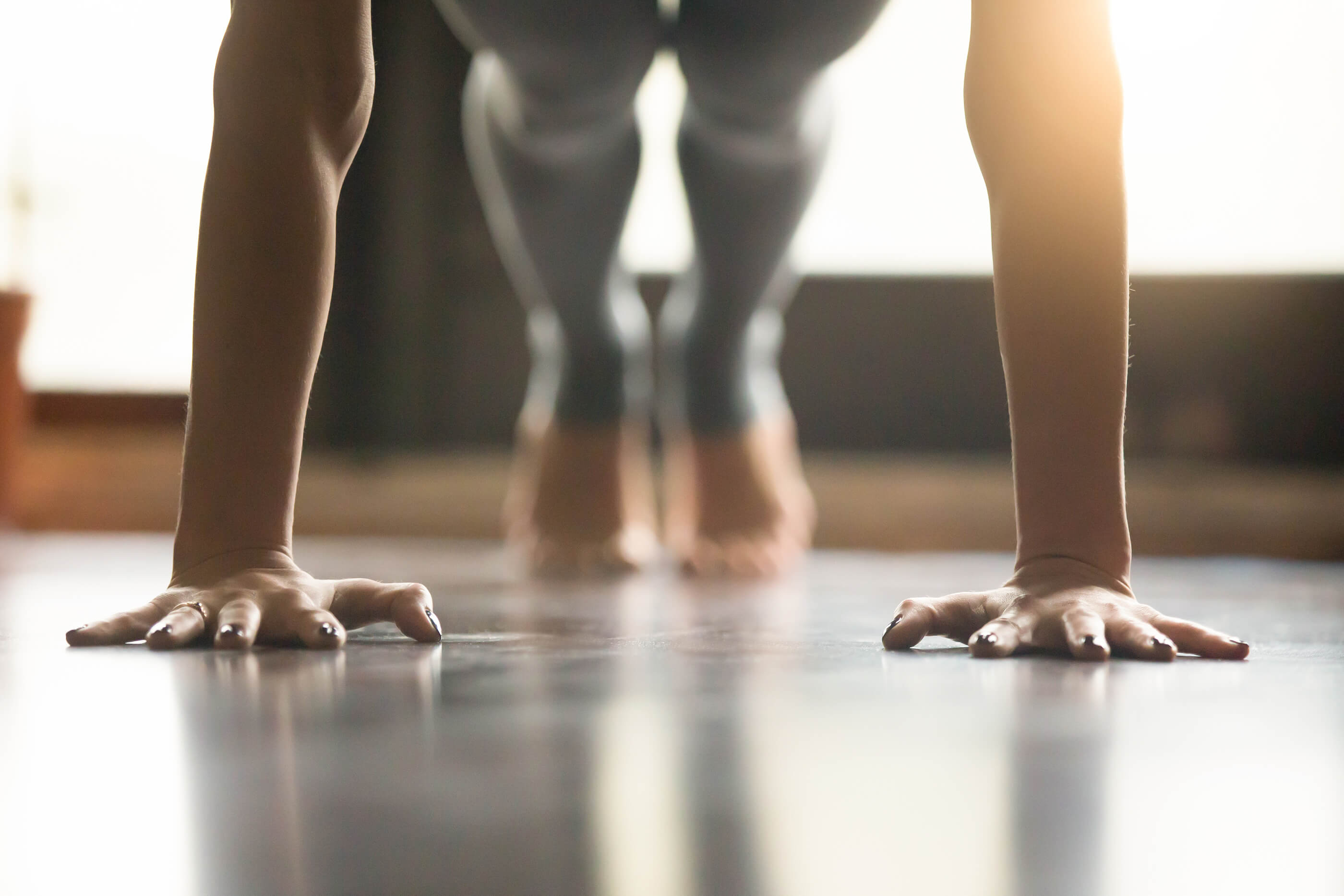Active Release Technique
Whether you suffer an injury from sports or from working at your desk all day, it may be tempting to ignore the pain in hopes that it will go away on its own. You learned to live with slight discomfort and to adjust your activities so your movement does not hurt. But what if there’s a simple treatment that could remove your limits, ease your pain, and restore your movement? Active Release Technique allows you to address the limitations caused by chronic and acute pain. There is much to discover about this relatively new form of physical therapy.
What is Active Release Technique?
Active release technique (ART), also known as active release therapy, is a non-invasive technique used to correct soft tissue restrictions that cause mobility and pain problems. The goal of this manual therapy is to break down adhesions and scar tissue to optimize body function. The technique can be used in chronic and acute conditions involving the tendons, muscles, nerves, ligaments, and fasciae.
During treatment, a trained physical therapist will position your tissue so it is “active.” For instance, to treat a muscular injury with an active release technique, the therapist places the patient in a position to shorten the muscle and then apply practical tension. Next, they will instruct the patient to lengthen while keeping the tension in place. They can apply this combination of motion and tension in different areas before feeling completely relaxed.
It is like a massage, but with stretching and motion, except that the physical therapist uses small, specific points of contact rather than large strokes. The technique can seem very intense because it increases the nervous system’s tolerance for muscle stretching. Many describe it as “good pain”.
Differences between Active Release Technique and Soft Tissue Techniques
Other treatments such as myofascial release techniques or massage therapy also focus on this release concept, but active release therapy has a unique approach. It includes more than 500 specific manual therapy techniques that professionals learn to assess and manage soft tissue stresses. In each session, the physiotherapist assesses the specific muscles to target and find the scar tissue causing the problem. ART combines manual tensioning of scar tissue with patient movement.
Common Conditions Treated by Active Release Technique
Active Release Technique can be used in people with acute trauma (strains, tears), chronic trauma (low back pain), overuse or cumulative traumas (tendonitis, repetitive strain injury) as well as postoperative cases. ART is perfect for people with conditions related to overused muscles. Common conditions treated with active release therapy include:
- Lumbar pain
- Neck Pain
- Plantar fasciitis
- Sciatica
- Migraines and headaches
- Tennis or golfer’s elbows
- Carpal tunnel syndrome
- Frozen shoulder
- Shoulder pain
- Shin splints
- Tendinitis
- Runner’s knees
- Other sports injuries
- Postoperative scars and adhesions
Benefits of Active Release Technique
The benefits of the active release technique include reduced pain in the affected area and increased strength and mobility. By breaking down scar tissue, it can improve blood circulation and range of motion, and help you move more easily. Symptom relief can be immediate from the first ART session, and the full benefit often requires only three sessions.
Performance Chiropractic + Physiotherapy is an Active Release Technique in Edmonton, Alberta. Our clinic offers a modern approach to give our patients lasting pain relief and increase their quality of life.

Dr. Ashley Todd is the owner and certified chiropractor at Performance Chiropractic + Physiotherapy, with more than 15 years of professional experience. Registered with the College of Chiropractors of Alberta and the Chiropractic Association of Alberta, Dr. Todd holds a Kinesiology degree from the University of British Columbia and a Doctorate of Chiropractic. He is fully certified in Active Release Techniques (ART) and treats athletes for the Edmonton Elks and Oil Kings. Dr. Todd is dedicated to helping people move better, perform stronger, and live pain-free.



